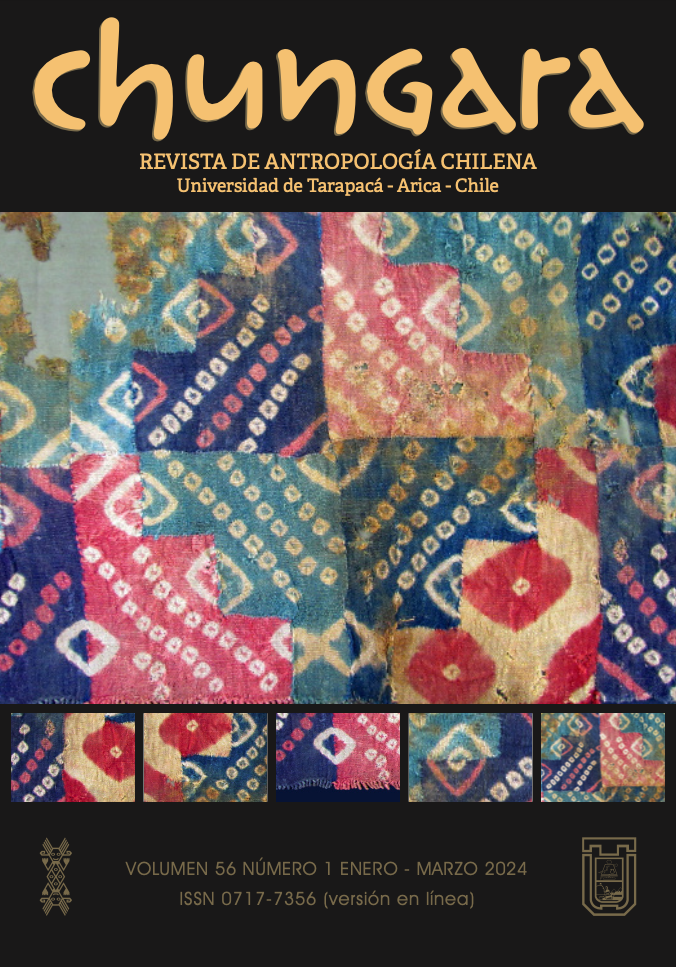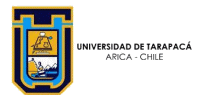TRAUMA AND INTERPERSONAL VIOLENCE IN SOUTHERN PATAGONIA. INTERPRETATION OF BIOARCHAEOLOGICAL EVIDENCE AND FUTURE PERSPECTIVES
TRAUMA Y VIOLENCIA EN PATAGONIA AUSTRAL. INTERPRETACIÓN DE EVIDENCIAS BIOARQUEOLÓGICAS Y PERSPECTIVAS FUTURAS
Gustavo Flensborg y Jorge A. Suby
In this work, reports of traumas in human remains from Southern Patagonia are reviewed and analyzed. Also, bioarchaeological implications and the future steps of trauma investigations are discussed. Considering a total sample of 126 skeletons, fifteen (11.9%) adult individuals, mainly male individuals. were identified with reports of traumas. All lesions were recorded in individuals of the late Holocene, although some were recorded in remains that lacked chronological information. Depressions in the skulls, fractures in long and short bones as well as vertebrae, and inclusions of projectile points in coxal bones and skulls were observed. Most lesions are antemortem, associated with accidents and violence, followed in frequency by perimortem lesions that were always linked to interpersonal violence events. The subregions of Santa Cruz / Magallanes and North of Tierra del Fuego have the highest frequencies of trauma and cases related to interpersonal violence, in comparison with the South of Tierra del Fuego, but without statistically significant differences. This could indicate variations in exposure to accidents and social conflicts as well as differences in the intensity of the investigations. The percentages and types of injuries are similar to those traumas reported for other regions from Southern Patagonia. Finally, there is no evidence of increased social tension that accompanies the process of demographic increase identified during the late Holocene in Southern Patagonia.
Tags: lesiones traumáticas, restos óseos humanos, Patagonia Austral, Holoceno Tardío







